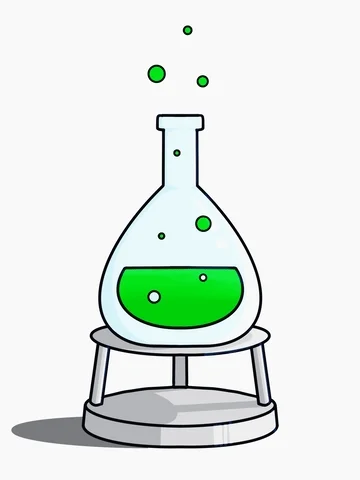4.4 Changes in Signal Transduction Pathways
3 min read•june 18, 2024
Haseung Jun
Annika Tekumulla
AP Biology 🧬
358 resourcesSee Units
Cellular Processes
Changes to any structure in the cell cycle can affect the signal transduction pathway. As we talked about earlier, the signal transduction pathway has the ability to alter cellular processes. Specifically, mutations can lead to detrimental effects on later responses.
Mutations
Mutations have the ability to greatly impact the cell cycle. It can disturb the production of proteins, which could be crucial to the cell's survival. Or, for example, mutations in the signal transduction pathway can prevent the cell from regulating its cell cycle. When the cell cycle is unregulated, it can result in unrestricted cell division that could lead to harmful conditions like cancer.
Let's look at an example. Insulin is a type of ligand that tells the liver to store glucose as glycogen and reduce the level of sugar in the bloodstream. It travels through the blood stream, and it binds to a receptor protein on the surface of a liver cell. Accordingly, the liver cell activates a sequence to link the glucose molecules together into a long chain, making glycogen. Then, the blood sugar level is decreased. However, when mutations happen with creating the insulin, recepting the insulin or activating a response. This might be because the DNA was deleted, missing or damaged. Type 1 Diabetes comes from the inability to create insulin. This type of mutation causes patients to be unable to regulate their blood sugar level.
Type 2 Diabetes, on the other hand, comes from the inability to recognize insulin. This means that the liver cell is unable to recognize what the insulin is trying to say, thus unable to follow through with a response and store glucose. This may be due to a mutation with the receptor protein when it was being made.
We will go over more effects that mutations can have on cells in section 4.7 Regulation of Cell Cycle.

Image courtesy of Giphy.
Chemicals
Along with mutations, chemicals have the ability to alter the signal transduction pathway. These chemicals can either activate or hamper the pathway’s response. For example, chemicals such as lead, polychlorinated biphenyls (PCBs), and ethanol have the ability to have neurotoxic effects with specific signal transduction pathways.
Things like temperature, chemicals and pH can cause disruptions too. Remember denatured proteins? The same applies here. Without proteins, the signal transduction pathway is a complete failure. If the proteins, therefore, are damaged or denatured in any way shape or form, the signal transduction pathway could be significantly altered. Like the insulin example, the receptor might not recognize a ligand, or maybe a cell won't be able to produce a ligand. This can cause the cell to fail to response more effectively.
Lastly we have inhibitors. These inhibitors can block the sites of the receptor proteins, so the ligand can't bind. This will, again, cause great disruptions to the signal transduction pathways. This is actually how most medications are made. They usually take place of a ligand so that a specific part of the body functions are not being processed.
Browse Study Guides By Unit
🧪Unit 1 – Chemistry of Life
🧬Unit 2 – Cell Structure & Function
🔋Unit 3 – Cellular Energetics
🦠Unit 4 – Cell Communication & Cell Cycle
👪Unit 5 – Heredity
👻Unit 6 – Gene Expression & Regulation
🦍Unit 7 – Natural Selection
🌲Unit 8 – Ecology
📚Study Tools
🧐Exam Skills

Fiveable
Resources
© 2025 Fiveable Inc. All rights reserved.